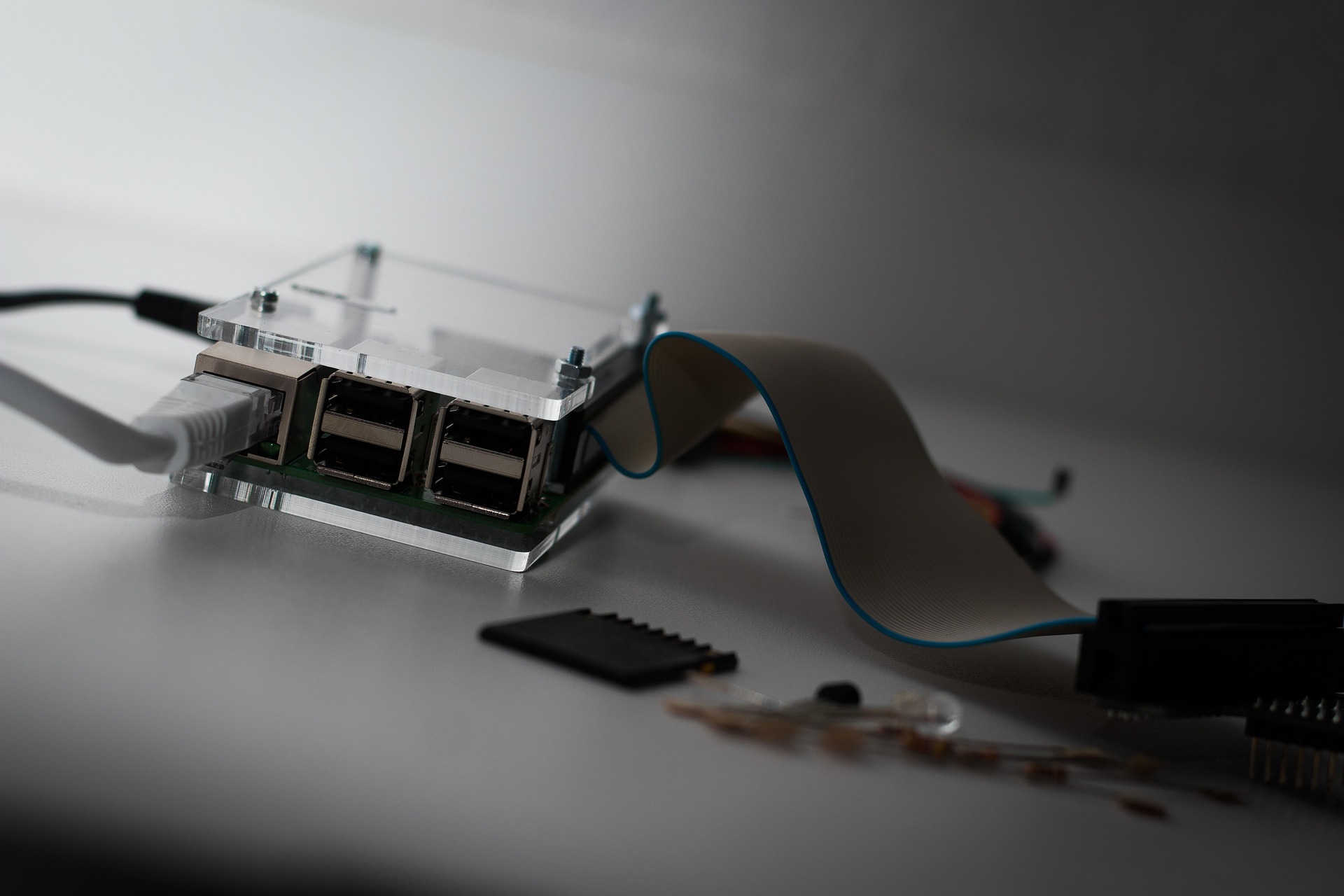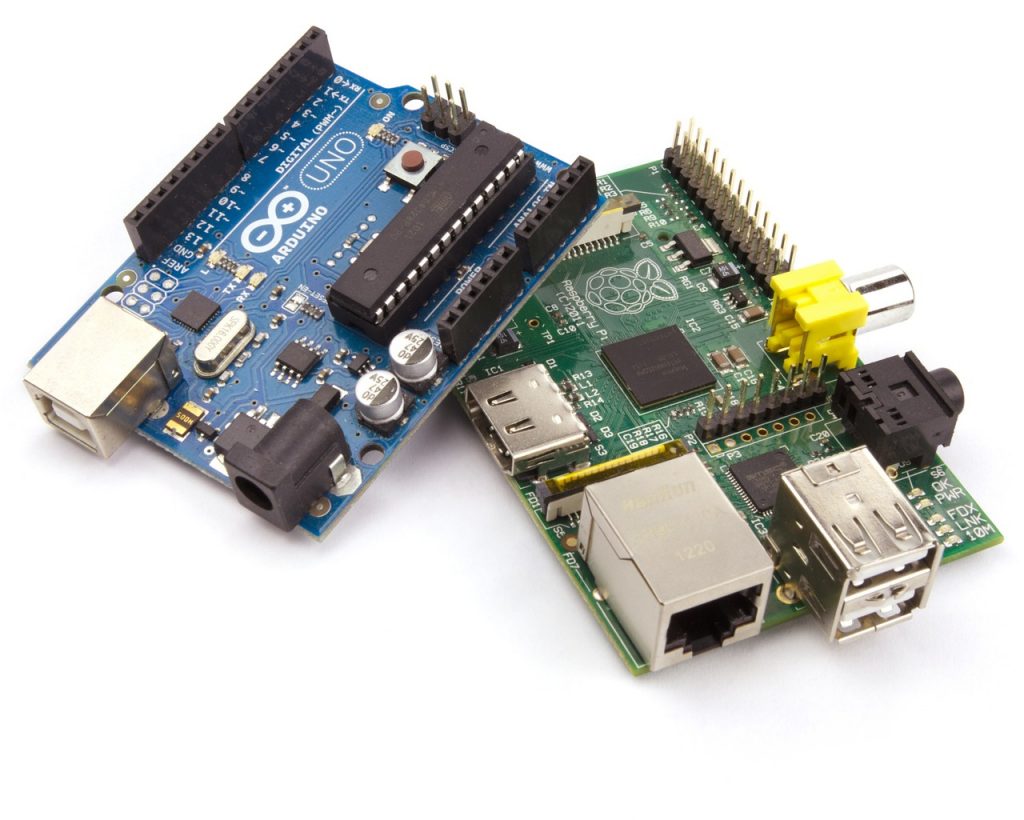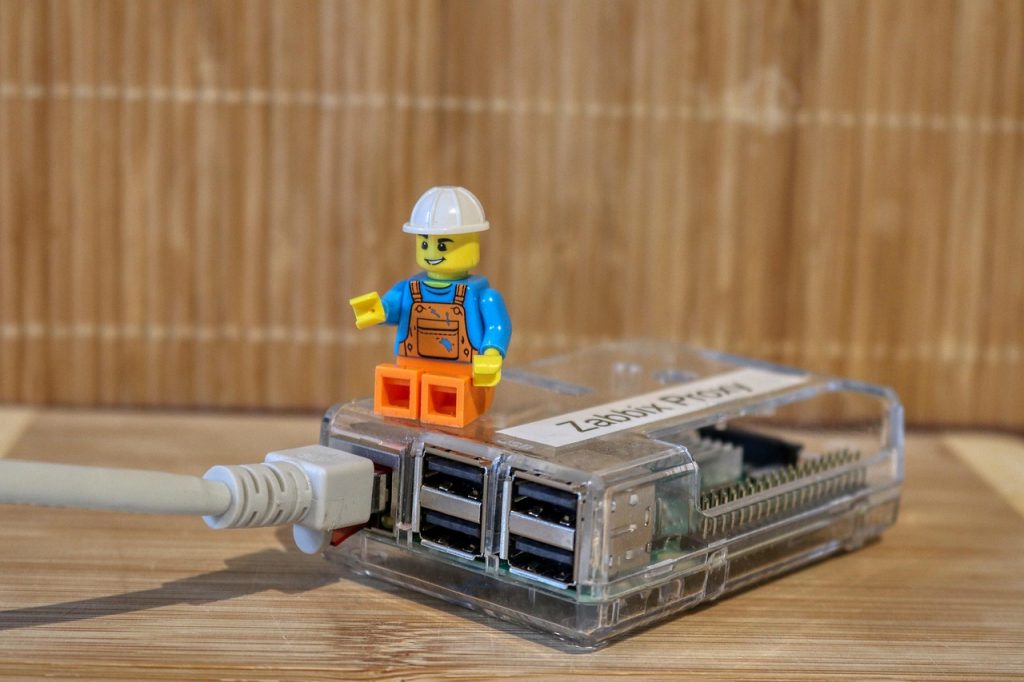
What is Single Board Computer (SBC)?
A Single Board Computer (SBC) is a fully functional computer built on a single circuit board. It includes all the essential components of a traditional computer, such as:
Processor (CPU)
The brain of the computer, handling all computations.
Memory (RAM)
Temporary storage for active processes.
Storage
Can be built-in (eMMC, NAND flash) or external (microSD, SSD, USB storage).
Input/Output (I/O) Ports
USB, HDMI, GPIO (General-Purpose Input/Output), Ethernet, and more.
Power Management
Often runs on low power (e.g., 5V via USB or DC input).
Common Examples of SBCs
- Raspberry Pi – The most popular SBC used for learning, IoT, robotics, and more.
- BeagleBone Black – A powerful board often used for industrial applications.
- Arduino (with add-ons like Linux-based shields) – While not a full SBC on its own, it can be used as part of an SBC system.
- Odroid, LattePanda, ASUS Tinker Board – Alternative SBCs for different performance and connectivity needs.
- SBC Comparison List – Click here to see my comparison list of the most used single board computers on the market.


Uses of SBCs
- Education & Programming – Great for learning to code, teaching electronics, and developing software.
- IoT & Embedded Systems – Used in smart devices, automation, and sensor-based applications.
- Media Centers & Home Servers – Can be used as a media player (Kodi), NAS, or lightweight server.
- Robotics & DIY Projects – Powers drones, robots, and interactive hardware projects.
- Digital Signage – To show messages, videos, and images to a target audience.
“SBCs are popular because they are compact, low-cost, power-efficient, and versatile, making them useful for hobbyists, engineers, and even commercial applications.”
ChatGPT